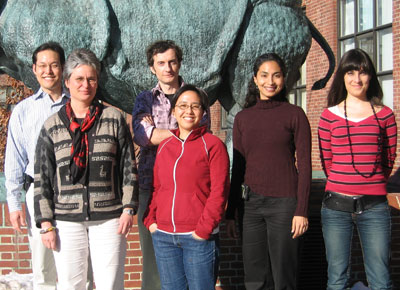Our brains generally represent the outside world using ordered maps. For example, neighboring points in visual space activate neighboring points on the retina, and this relation is preserved…
Many regions of the brain are organized in such a way that they form an ordered representation of our sensory experiences. Similar physical stimuli –nearby points of light…










